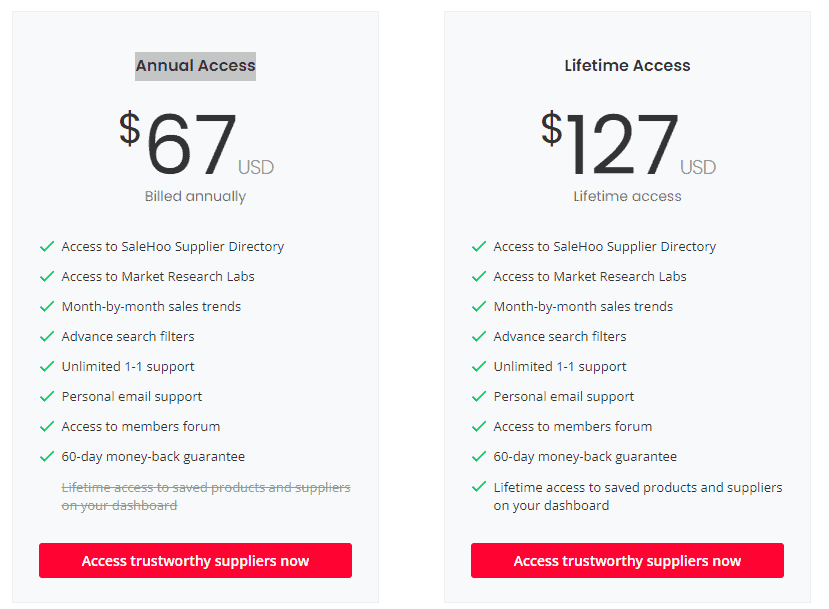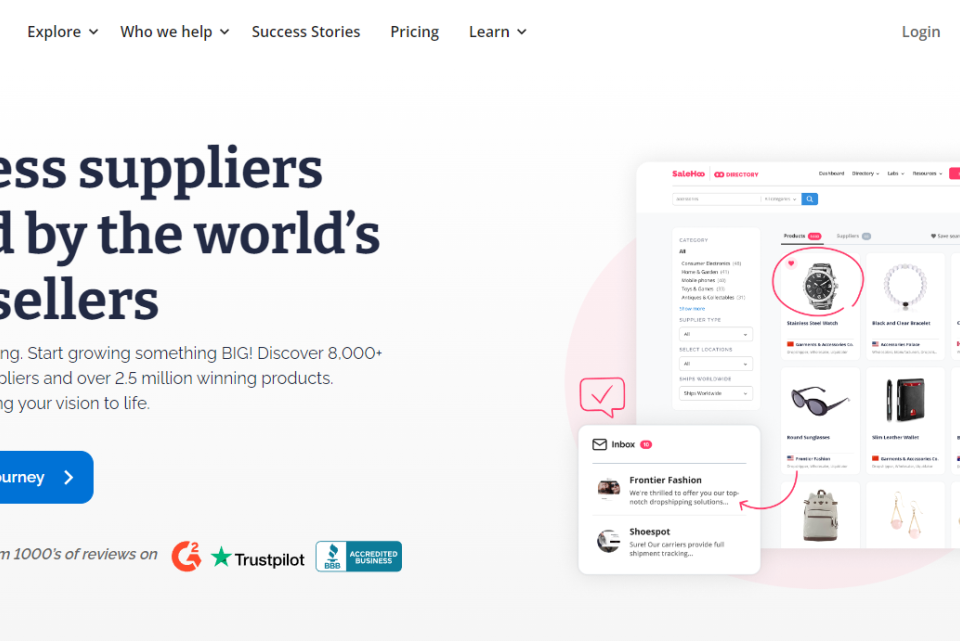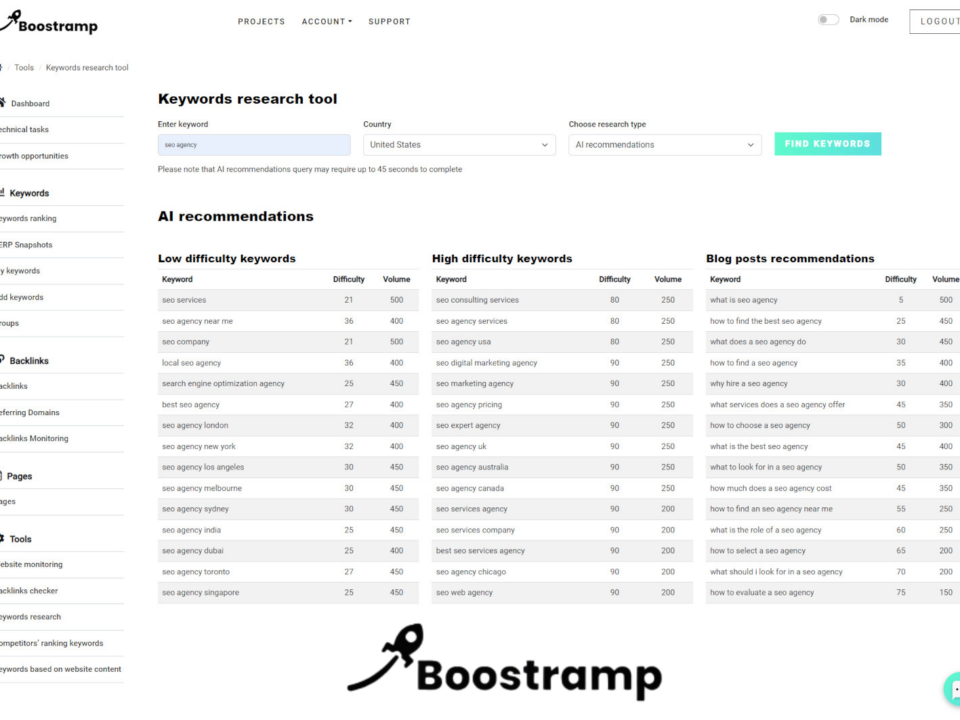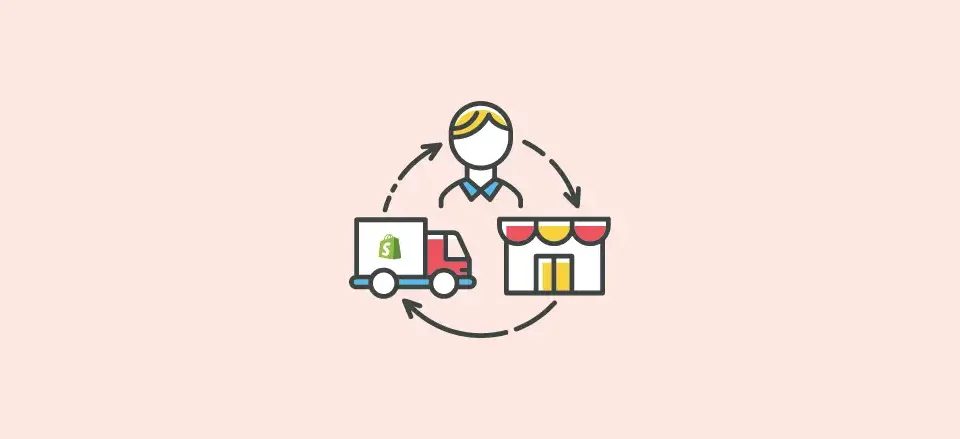In the ever-evolving landscape of e-commerce, dropshipping has emerged as a popular and innovative business model, enabling entrepreneurs to launch online stores without the need for massive capital investments or warehousing facilities. Platforms like SaleHoo can help you connect with reliable suppliers, making the process of setting up a dropshipping business even more accessible. This comprehensive guide will provide you with an in-depth understanding of dropshipping, its advantages and disadvantages, and the essential steps required to start a successful dropshipping business.
What is Dropshipping?
Dropshipping is a supply chain management model wherein an online store (the retailer) does not stock or own inventory. Instead, when a customer places an order, the retailer forwards the order details to the supplier (dropshipper), who then ships the product directly to the customer. In this model, the retailer acts as a middleman, connecting the customer with the supplier and earning a profit from the difference between the supplier's wholesale price and the retail price.
The Dropshipping Process

Customer places an order

Order forwarded to the supplier

Supplier ships the product

Customer receives the product
Advantages of Dropshipping
Low startup cost
Setting up a dropshipping business requires minimal capital, making it an attractive option for entrepreneurs who are just starting or operating on a tight budget.
Easy to start
With no need to stock or manage inventory, starting a dropshipping business is relatively straightforward. All you need is an online store, a supplier, and a marketing strategy.
Scalability
Dropshipping allows you to grow your business without the need to invest in more inventory or warehousing space.
Reduced risk
Since you don't own the inventory, you are not at risk of losing money on unsold stock.
Location independence
As a dropshipper, you can run your business from anywhere with an internet connection, providing you with flexibility and freedom.
Disadvantages of Dropshipping
Lower profit margins
Due to the convenience and low-risk nature of dropshipping, the profit margins can be lower than traditional e-commerce businesses.
Limited control
As the supplier handles the shipping process, you have limited control over the delivery time and quality of the product.
High competition
The ease of starting a dropshipping business means the market can be highly competitive, making it essential to differentiate your store and provide exceptional customer service.
Dependency on suppliers
Your success is tied to the reliability and performance of your suppliers. If they encounter issues, it could affect your business.
Starting a Successful Dropshipping Business

Find a Niche

Sourcing Reliable Suppliers and Building a Seamless Online Store

Optimizing Product Listings and Implementing Effective Marketing Strategies

Prioritizing Customer Service and Analyzing Business Performance

Continuous Optimization, Diversifying Suppliers

Building a Strong Brand Identity
In Closing
Dropshipping is an innovative business model that provides entrepreneurs with an opportunity to start an online store without the need for extensive capital investments or warehousing facilities. Although dropshipping comes with its unique set of challenges, understanding the process and implementing best practices can lead to a successful and profitable e-commerce venture. By choosing the right niche, partnering with reliable suppliers through platforms like SaleHoo, and focusing on marketing and customer service, you can set your dropshipping business on the path to success. SaleHoo, a popular supplier directory, can help you connect with trustworthy suppliers, providing an added advantage as you build and grow your business.





